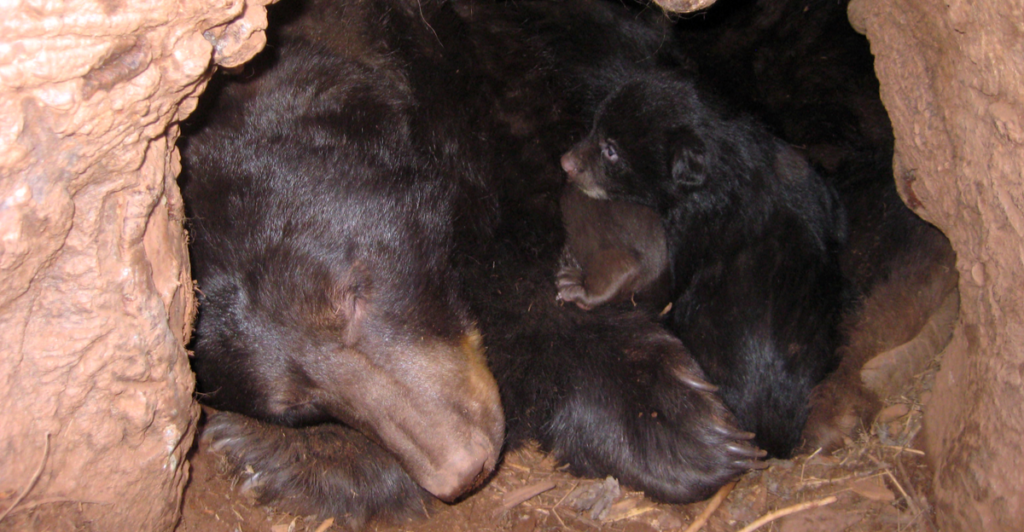
Hibernation can be fascinating; many animals worldwide rely on this skill for survival. Smutting their bodies for long periods helps them endure harsh environments by slowing their metabolism and conserving energy. Some creatures take hibernation to the next level when they spend months in their comfy spots, just sleeping the day away.
1. Alpine Marmots
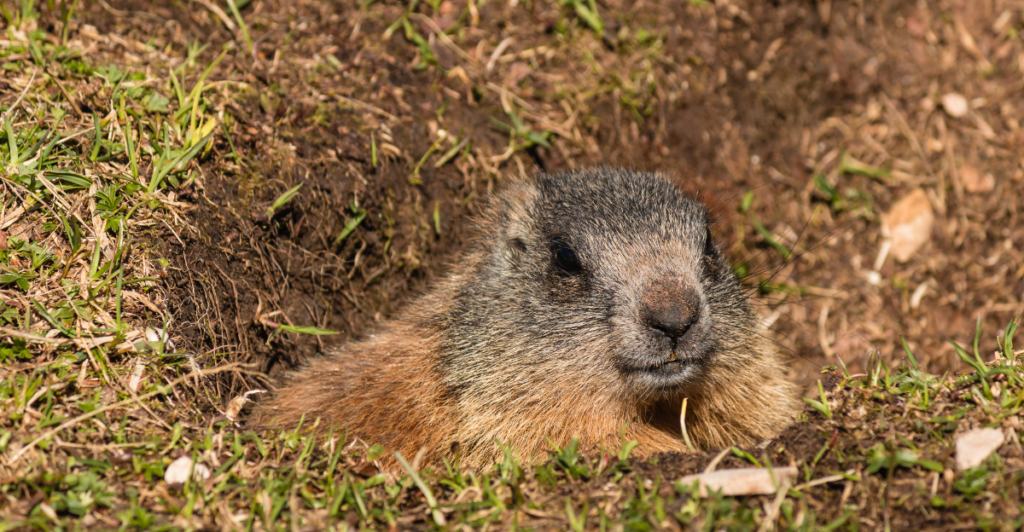
These cute little critters spend most of their year safely tucked away in their burrows, sleeping the day away. They spend up to nine months each year in hibernation to help them survive the harsh winters of the Alpine. They can mostly be found in the mountain regions of Europe. They spend most of their time preparing for their extended hibernation by accumulating significant fat reserves during the warmer months, with their body weight increasing by roughly 85% before winter arrives.
As temperatures drop, they retreat into insulated burrows below the frost line, where their body temperature plummets to as low as 4°C, and their heart rate slows to just five beats per minute. This drastic metabolic reduction allows them to conserve energy, surviving solely on stored fat until spring.
2. Bears
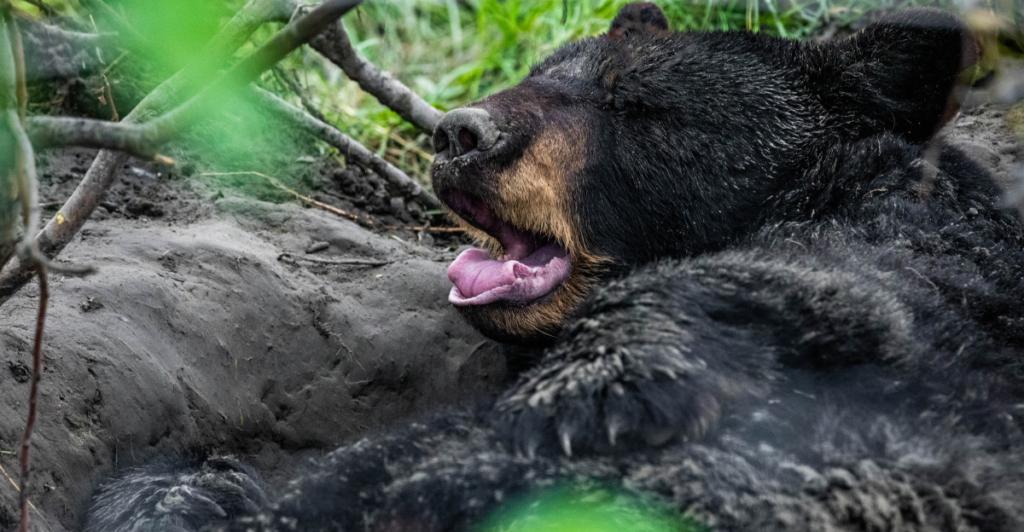
Bears are well-known for being sleepy during winter, which keeps them in survival mode. They can stay in hibernation for up to eight months, and unlike true hibernators, whose body temperatures drop close to freezing, bears maintain a relatively high body temperature of around 88°F (31°C) during hibernation. Their heart rate slows to 8–10 beats per minute, and they take just one breath per minute.
Bears spend most of their time fueling their bodies, which store fat that helps them survive during the winter months. They metabolize fat into energy and recycle waste products like urea into proteins to preserve muscle mass and organ function. Pregnant bears can even give birth and care for cubs while hibernating. During hibernation, they lose up to 33% of their body fat.
3. Eastern Box Turtles
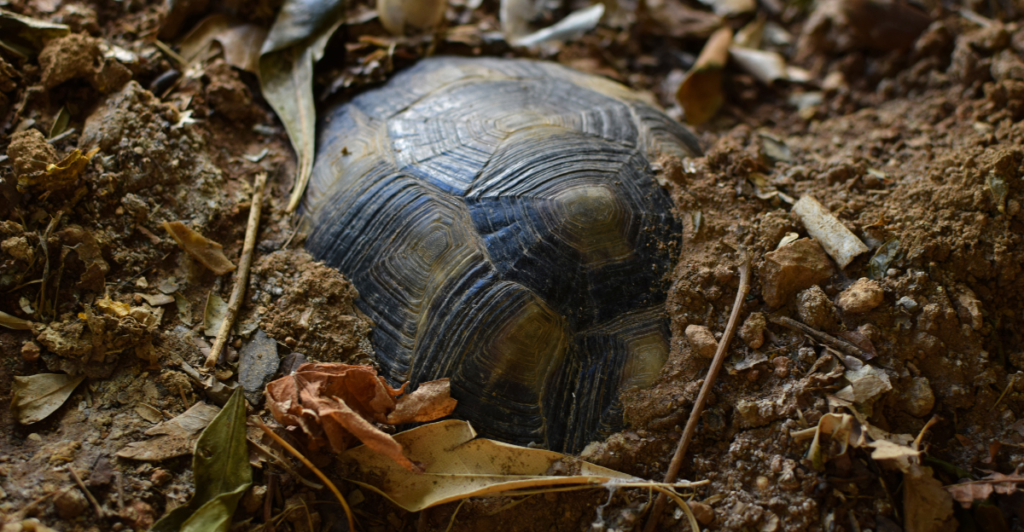
These turtles might not hibernate like regular animals; they enter a state called brumation, a process similar to hibernation but distinct in its mechanics. During colder months, these turtles burrow into soft soil, decaying vegetation, or mud, entering a state of inactivity where their metabolism slows significantly. Unlike mammals in hibernation, box turtles remain somewhat responsive to environmental changes and may move if necessary. These turtles can stay in brumation for 3-5 months.
Eastern box turtles are highly territorial and spend their entire lives in small home ranges, often exceeding 100 years. They return to their brumation sights each year, showing how fond they are of their homes.
4. Wood Frogs
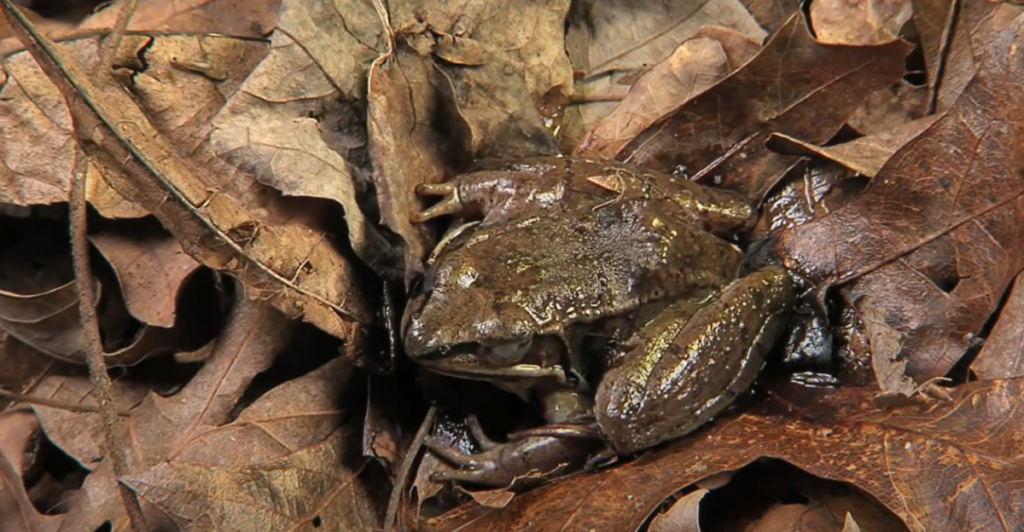
These fascinating frogs hibernate like no other animal because they freeze themselves solid for up to seven months instead of burrowing themselves away. These frogs nestle into leaf litter on the forest floor, where temperatures drop as low as -40°F. During this time, their internal organs freeze, ice forms between their skin and muscles, and even their eyes turn white with frost.
Their livers produce large quantities of glucose, which acts like antifreeze to protect their cells from freezing and dehydration. In this state of suspended animation, wood frogs have no heartbeat, breathing, or muscle movement for months. When spring arrives and the ground thaws, these frogs awaken fully intact and ready to breed in temporary meltwater pools long before lakes or streams thaw.
5. Bumblebee Queens

These bees are the queens of hibernation, often sleeping for up to nine months. These queens are the sole survivors of their colonies during winter, relying on diapause, a dormancy state akin to hibernation, to endure harsh conditions. They burrow into insulated underground sites like leaf litter, rodent tunnels, or rock piles, where they remain motionless for months.
These remarkable bees can withstand water submersion for up to a week, a critical adaptation for surviving flooded habitats. Their survival hinges on access to late-season floral resources to build energy reserves and undisturbed nesting sites, as poor nutrition or habitat disruption increases oxidative stress and mortality risks. As soon as their hibernation is over, they wake up to establish new colonies and grow their kingdom.
6. Siberian Salamanders
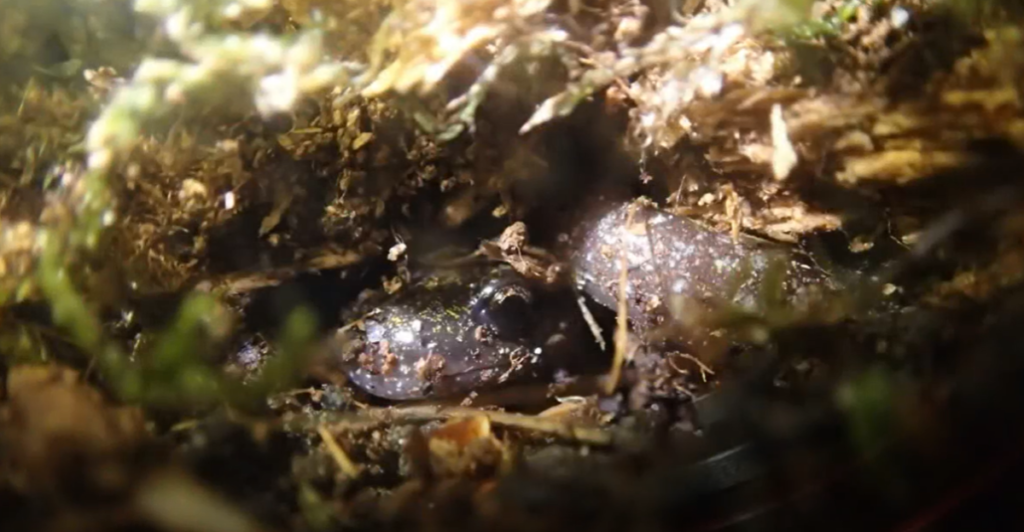
These sneaky little creatures can hibernate for four to five months at a time. These salamanders can withstand temperatures as low as -67°F, made possible by the production of glycerol, a cryoprotectant that prevents ice crystals from damaging their cells and tissues during freezing. They can stay frozen for months, with their organs and cellular functions reanimating seamlessly as temperatures rise in spring.
They can mainly be found across Siberia, Japan, and northern Asia, where they thrive in different habitats. Their remarkable ability to adapt to these harsh conditions shows us just how incredible their biochemical adaptations can be when needed.
7. Arctic Ground Squirrels
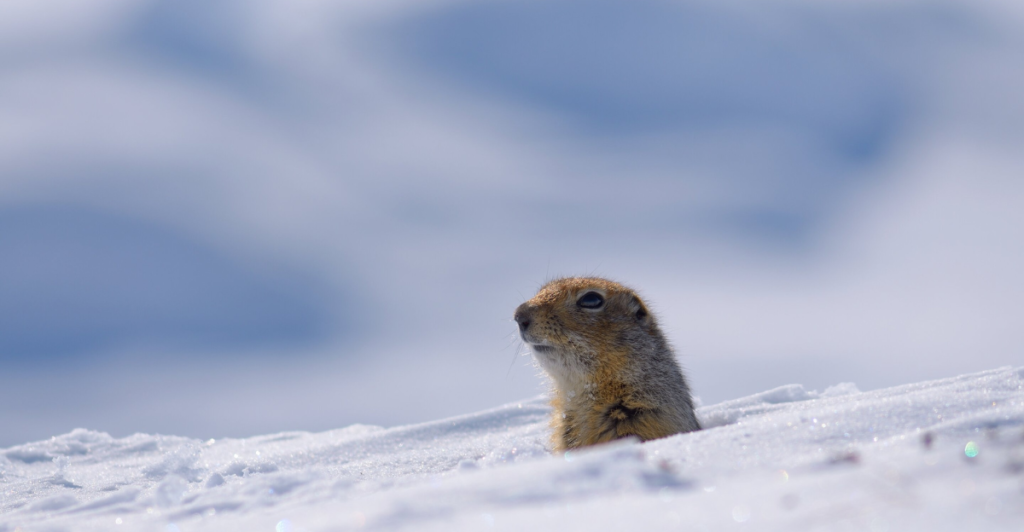
These cute little critters spend up to eight months in a deep hibernation state to help them survive harsh winters. Their body temperature drops below freezing, a rare phenomenon called supercooling, making them the only mammal known to achieve such extreme cold tolerance. Every two to three weeks, they briefly shiver and generate heat to restore their body temperature to approximately 98°F before returning to their minimal state.
This cycle helps prevent tissue damage and ensures survival in temperatures as low as -55°C. Despite prolonged fasting, these squirrels also recycle nitrogen into amino acids to maintain muscle and organ health. Due to climate change, females have been waking up earlier, which could potentially impact their hibernating habits.
8. Bats
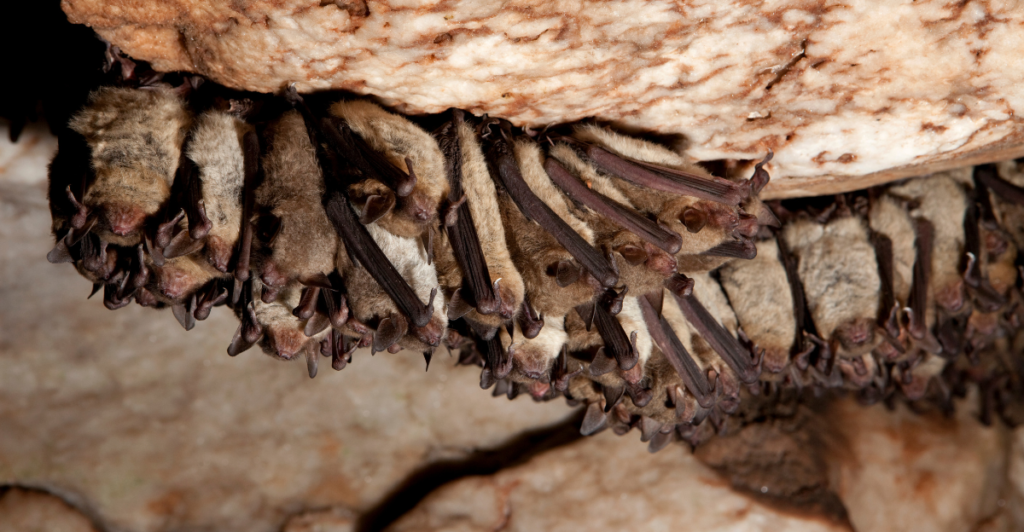
Some bat species can hibernate for seven months or longer, depending on the temperatures and their feeding habits. Over the past two decades, however, bats have been observed accumulating fewer fat reserves in autumn, shortening their hibernation periods, and leaving their winter shelters earlier.
Some bat species, like the Schreiber’s bent-winged bat, demonstrate a more remarkable ability to conserve fat reserves during hibernation despite starting with lower body conditions. These climate changes can severely impact their migrating routes and environmental habits.
9. European edible dormouse (Glis Glis)
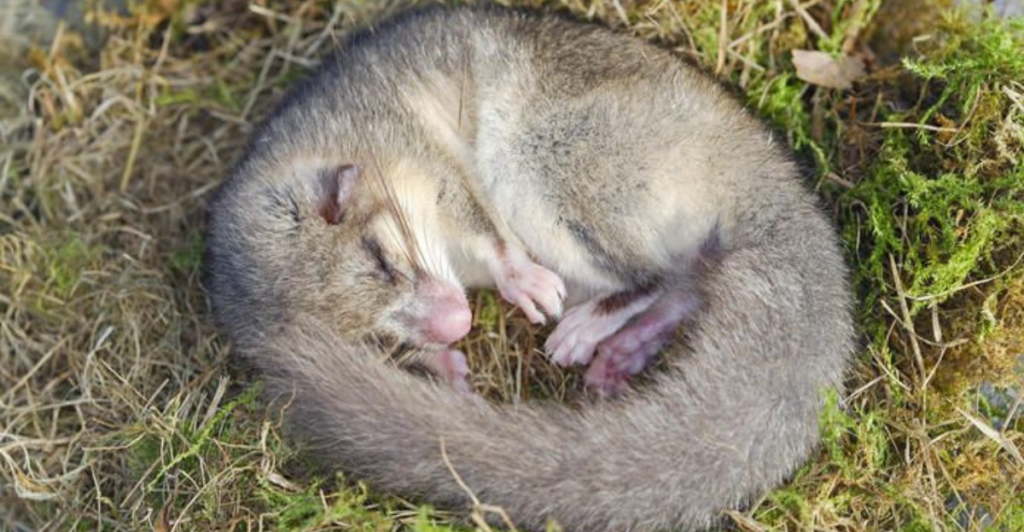
These tiny little critters can hibernate for up to 11 months, their entire year, just sleeping their lives away. This species enters torpor in underground burrows or caves, reducing its metabolic rate to just 5% of its normal level, enabling it to survive solely on stored fat reserves.
Hibernation in edible dormice is not solely a response to cold or food scarcity; it also serves as a predator avoidance strategy, particularly against nocturnal predators like owls. Their ability to adapt hibernation duration based on environmental conditions and food availability highlights their remarkable survival mechanisms.
Explore more of our trending stories and hit Follow to keep them coming to your feed!

Don’t miss out on more stories like this! Hit the Follow button at the top of this article to stay updated with the latest news. Share your thoughts in the comments—we’d love to hear from you!







